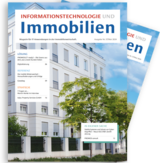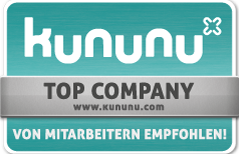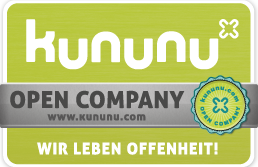The dilemma in project management – between desire and reality

Why is that? A detailed analysis of the phases and components of a project are extremely helpful to understand this better. And, when you look more closely, the dilemma in project management becomes apparent – but no need to worry: we have some proposals for a solution in mind. Let's imagine that we are going to climb a mountain. Perhaps we can give you some new strategies that will help you on your way.
Before we set off: Preparation is everything
Thorough preparation is required for a major undertaking to succeed. If we were going to climb a mountain, we would now assemble our equipment. Our ERP project likewise requires a bit of groundwork. By and large, the stages are as follows.
The idea. The idea is the origin of the project. The customer considers what the aim of the collaboration is. This phase is essential for the success of the whole enterprise. How can you plan your route if you don't know which summit you're going to conquer?
Preparing the way. The goal is defined and the customer is looking for a partner to help implement the project. There are various options here. One is a conventional invitation to bid – a detailed description of what the new ERP system is supposed to look like is produced in a list of requirements. Proceeding in this way requires the customer to invest time and money before the actual project has even begun. A second option allows a different perspective where best practice solutions are considered – for instance, to find out first what a housing industry system would look like in an ideal case. If we go back to our analogy of a mountaineer, we can liken it to asking an experienced mountain guide about the best way of climbing a mountain. After all, he has already made many ascents and knows where the problems lie.
The bid. In this phase, the response to a request is a bid. To produce a bid for a detailed customer enquiry, we give great thought to the requirements listed. The PROMOS approach ideally draws on our template in order to save the customer time and money. Individual solutions are only developed from scratch as a second option, as this is much more expensive and requires a longer time frame. Looking at the total duration of the project, it can be worth adopting a best practice solution.
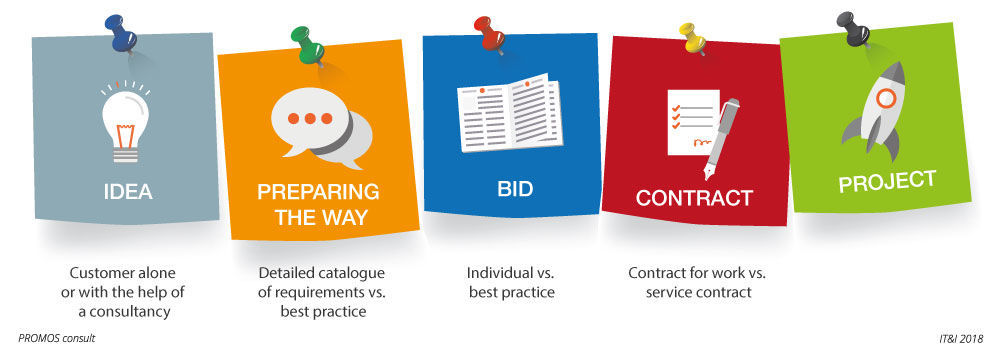
Figure 1: The individual steps in preparing an IT project require important decisions that have a crucial influence on the course of the project.
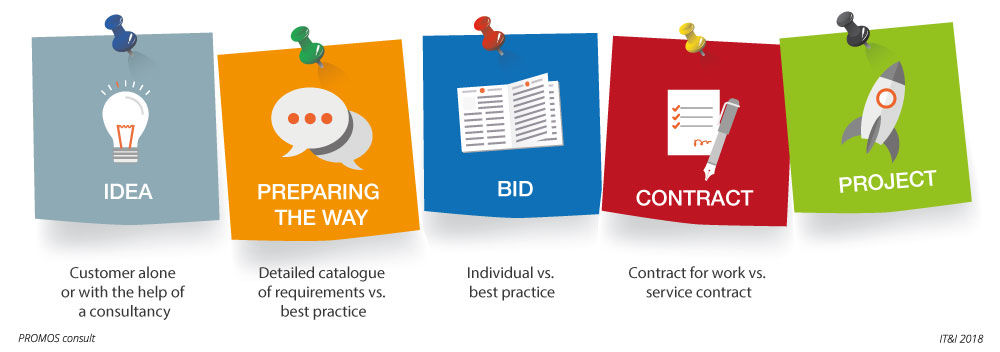 Figure 1: The individual steps in preparing an IT project require important decisions that have a crucial influence on the course of the project. |
The mountains are calling: the ascent begins
The offer has been accepted: preparations are completed and all those involved are ready to start the project. Four things must be reconciled for the success of the project: the budget, time, quality/content and stakeholder satisfaction. You can imagine these dimensions as a suspension bridge located at a crucial point of the hiking route and held in place by four ropes. If one of these ropes is loose, the bridge starts to wobble when it is crossed. The ropes must therefore be tightened using various tools. One tool, for example, is the contract. In practice, we distinguish between two important models – the contract for work and the service contract. Both types of contract have advantages and disadvantages.
Besides a fixed budget and a specified time schedule, the contract for work describes the project stages and their contents in detail. As the project progresses, an ongoing check is made as to whether the work ordered by the customer is fully reflected in the contract for work. If this is not the case, revisions are needed in the form of change requests. This is where the main disadvantage of a work contract becomes apparent: it requires a considerable amount of project management. Such checks and change requests eat away time and tie up considerable resources on both sides, which are then not available for implementing the project.
The service contract involves much less effort in terms of project management. Here, PROMOS provides an agreed quota of consulting days to the customer. Furthermore, the project objective is defined in general terms, e.g. the implementation of the best practice solution. At the start of a quarter, five to six objectives for the quarter are discussed, which then need to be implemented. As there is no fixed contract for work and no extensive catalogue of requirements, there is also no need to apply for change requests, and this reduces the project management and initial starting costs. Collaboration on the basis of a service contract is therefore faster, cheaper and more flexible. However, it also presupposes a business relationship built on trust and a sense of responsibility, which for us represents the basis of successful collaboration.
In summary, it is fair to say that the service contract has a decisive advantage. The reduced outlay for project management can save time and money. The most important prerequisite is trust and a very organised way of working on both sides to ensure the project stays on the designated route. The contract for work is the version with a safety net. But this additional equipment is also expensive: the outlay to prepare the catalogue of requirements and high project management costs throughout the project require many more resources.
The basic pillars of project management
Let's look again at the basic pillars: budget, time, quality and stakeholder satisfaction. The form of contract offers further adjusting mechanisms that can have a positive effect on the four areas and reconcile them.
Least problematic in practice are the objectives on the quality and content of a solution. PROMOS can draw on an incomparable pool of project experience and solutions for every business case imaginable in the property management business. Work can be carried out according to our best practice proposal or the content can be specified in a contract for work.
The budget is often fixed as part of the contract for work. In this case, PROMOS produces a payment plan with milestones, giving the customer straightforward control over the budget. With a service contract, the customer receives monthly invoices, and control of the budget is linked to good planning and communications expertise.
The time aspect in projects is often the greatest challenge emotionally. This is where the customer's desire to go live as quickly as possible comes up against our experience. The customer's view is that the summit is close and the ascent almost complete. Meanwhile, we as the service provider send in reports of steep slopes that cannot be climbed within the time demanded. If we manage to agree on a rapid ascent, the most important influence we have is proactive communication: this enables us to ensure that the customers are always aware of any delays in the project, not just when they enquire about progress. Customers are given this information directly, together with a suggestion for resolution.
Without this, the fourth and most complex basic pillar would be put at risk – the pillar termed stakeholder satisfaction. One area of complexity is that there are many different stakeholders in the project: the users of the ERP system, the customers' management and our customers' customers (for example, the tenants). Moreover, subjective perceptions rather than hard facts tend to a play a role here. Even if the budget, time and content aspects are delivered as agreed, it is still possible that the stakeholders will be unsatisfied with the end product. This is why PROMOS compares developments with the stakeholders' views over the course of the project, allowing the company to keep close to the stakeholders' needs and respond quickly if differences arise. Good communication is essential for this.
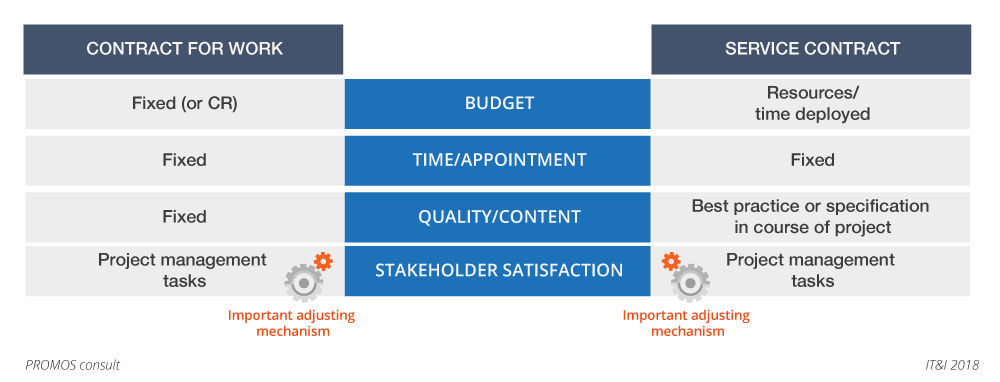
Figure 2: A direct comparison of the contractual framework between projects undertaken on the basis of a contract for work and those based on a service contract.
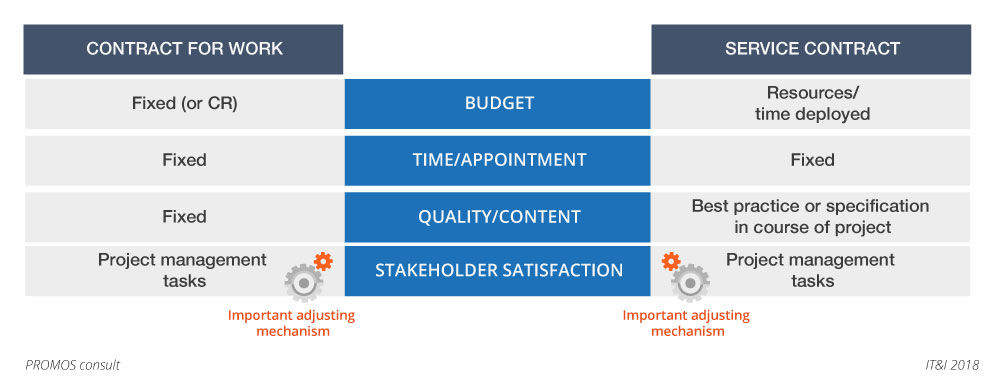 Figure 2: A direct comparison of the contractual framework between projects undertaken on the basis of a contract for work and those based on a service contract. |
Our tools for a successful tour
In order to ensure that our project managers continuously enhance their expertise for managing demanding projects, we have our consultants certified with the German Project Management Association and the International Project Management Association. Over and above this, we use a series of other tools for successful project management. For instance, we bring together the experience gained from all projects in our standardised project management handbook (PMH). This includes aspects such as micro tools that provide significant support during individual project phases. The best example is data transfer and migration in IT projects, which is one of the most underestimated areas. If the data is incorrect, it delays the planned date for going live. This step therefore requires considerable detailed knowledge and interdisciplinary project coordination. Best Practices from agile project methodology, tools for optimum resource management and capacity planning, and simplification of collaboration across sites round off PROMOS's tool box.
Some thoughts before tackling the next summit
Project management should not be underestimated. As we have seen, some either/or decisions have to be made that have a crucial influence on the course of the project. At PROMOS, we are a reliable partner at your side. We offer twenty years of experience in project management and a rucksack full of tools for completing IT projects successfully. We look forward to new and exciting challenging projects and hope that our article will give you the courage to set off on routes that are sometimes unfamiliar.
Author:

Torsten Friedel
Chief Operations Officer
PROMOS consult
Other articles by this author:
